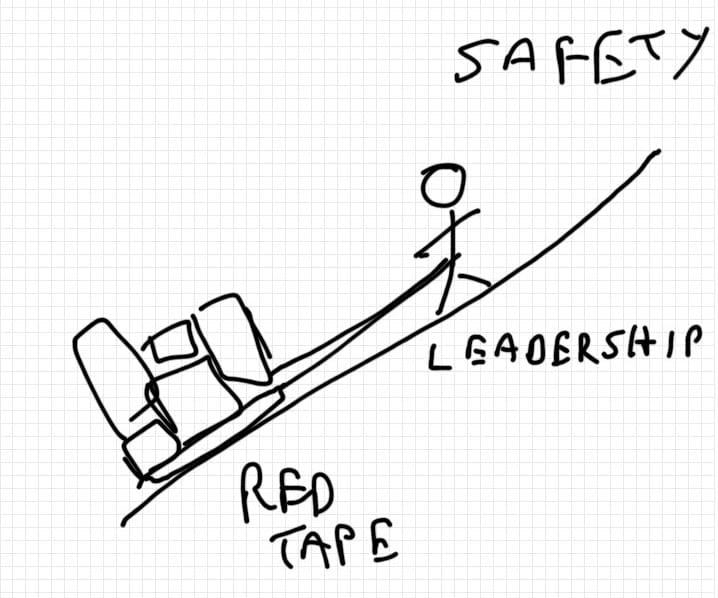As 2014 is about to start I wanted to thank the readers of SafetyAtWorkBlog for your continued support. The number of articles is down a little this year principally because the full-time work I have currently, building a railway in Victoria, has limited me to around two or three articles a week. Yet there remains around 400 readers a day and the blog again garnered some international recognition.
Curiously in 2013 a lot of traffic has come through LinkedIn which seems to be changing from a contact network to an information network, as seen with some of the very good OHS discussion forums there. I have had regular emails from people who read the blog solely through LinkedIn so perhaps I should be adding the LinkedIn readers to the blog’s total.
Also, I should not forget SafetyOz‘s Twitter followers as we close on 1000 followers, all of which are OHS professionals, regulators or service providers. Twitter is another way of spreading the word about SafetyAtWorkBlog articles but it also allows for much more frequent updates on stories of the day. It is perhaps the news bulletin to SafetyAtWorkBlog’s analysis.
My railway safety contract ends in 2014 and the future is uncertain but I will continue with articles that, it seems, spark discussion or contribute to important OHS and WHS matters. As an OHS professional it is my duty to work on keeping people safe and I hope that I can continue to help you and the profession do the same in the future.

 Safety professionals often pay over A$1000 upwards to attend a workplace safety conference. Most of these conferences are overpriced and serious questions should be asked about the knowledge return-on-investment. It seems occupational health and safety (OHS) professionals are always looking for the next big thing, the “edge” but frequently they forget that value of old information, the value of human worth, the reason for joining the OHS profession in the first place.
Safety professionals often pay over A$1000 upwards to attend a workplace safety conference. Most of these conferences are overpriced and serious questions should be asked about the knowledge return-on-investment. It seems occupational health and safety (OHS) professionals are always looking for the next big thing, the “edge” but frequently they forget that value of old information, the value of human worth, the reason for joining the OHS profession in the first place. During a recent seminar I produced the doodle on the right, which depicts what I think the speaker was talking about. Safety is a goal that can be best achieved through improving a company’s leadership qualities. However all companies seem to be restricted by red tape, however one defines that. Can this journey be improved?
During a recent seminar I produced the doodle on the right, which depicts what I think the speaker was talking about. Safety is a goal that can be best achieved through improving a company’s leadership qualities. However all companies seem to be restricted by red tape, however one defines that. Can this journey be improved?